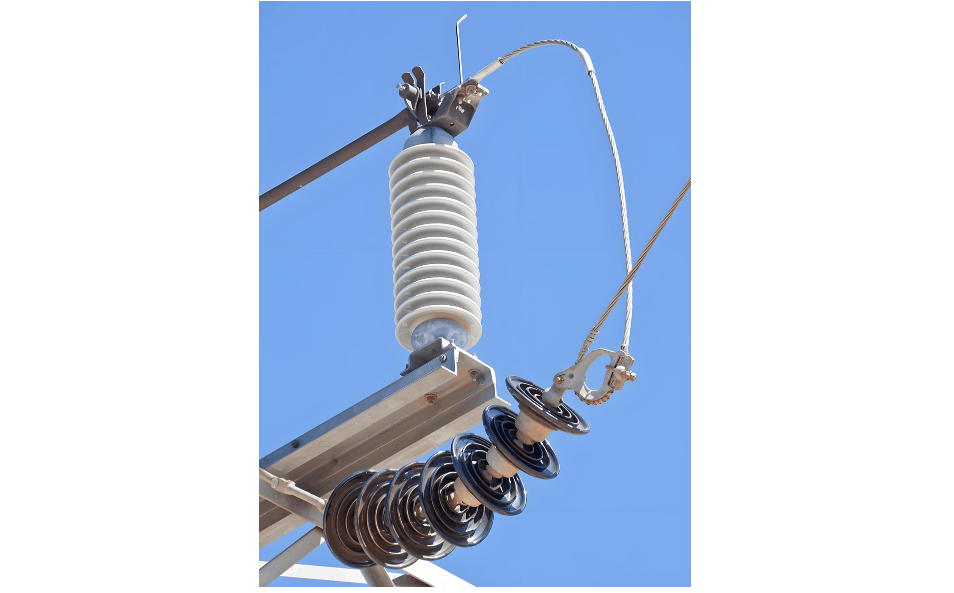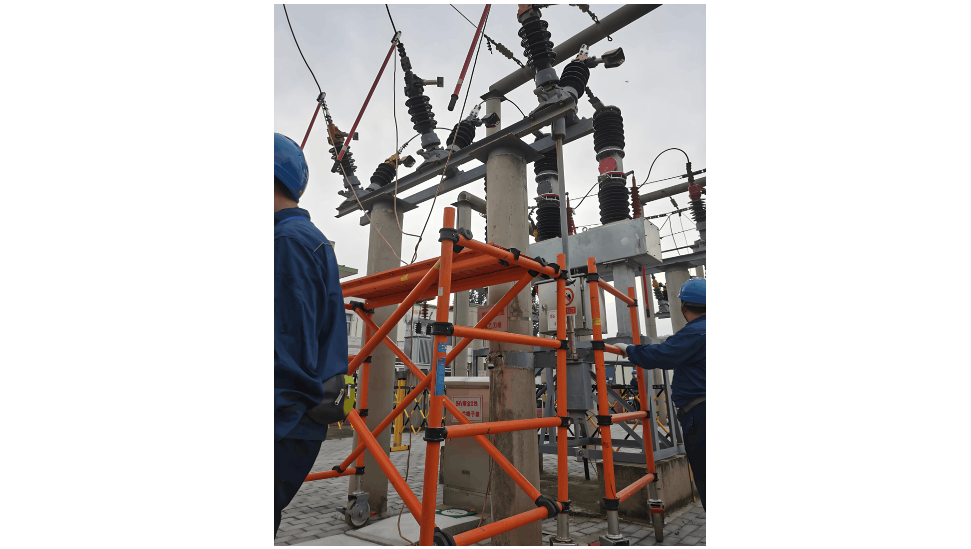- Product
- Suppliers
- Manufacturers
- Solutions
- Free tools
- Knowledges
- Experts
- Communities
Search
-
Ókeypis tól
-
IEE Business biedt gratis, door AI aangedreven tools voor elektrisch ingenieursontwerp en budgettering van stroominkoop: voer uw parameters in, klik op berekenen en ontvang directe resultaten voor transformatoren, bedrading, motoren, kosten van stroomapparatuur en meer - vertrouwd door ingenieurs wereldwijd.
-
-
Stuðningur og endurskoðun
-
IEE-Business styður frumlegar lausnir fyrirtæki og ekspertar búar til aðstöðu þar sem nýsköpun og gildi krossastFræði um teknískar reynirMæla við og deila tækniþekkingu til að fá inntæk frá stuðningsaðilumFrægrar viðskiptalausnirBæði skráðu þig og búa til viðskiptalausnir til að fá inntækjum frá stuðningsaðilumÚtmettar einstaklingarBúðu til staðfestingar fyrir samstarfsaðila ná samband við framtíðina
-
-
Samfélag
-
Byggðu upp sérfræðingaheimilið þittFinndu og tengdu þig við atvinnuhópa, hugsanlega samstarfsaðila og ákvarðatöku einstaklinga til að ræsa IEE-Business reksturinn þinnVíkkaðu einka netkerfið þittTengist við starfsmenn í greininni, hugsanlega samstarfsaðila og ákvarðatöku-menn til að hröðva vöxti þínum.Upplýsa fleiri stofnanirKanna markaðsfyrirtæki, samstarfsaðila og atvinnulífssnúa til að opna nýjum viðskiptamöguleikumSkráðu þig í fjölbreytt samfélagTaktu þátt í umræðum sem snerta efni, atvinnuþátttöku og sameign á auðlindum til að auka áhrifin þín.
-
-
Samstarf Með Okkur
Samstarfsaðili
-
-
Bættu þig við IEE Business samstarfsaðilaþátttakendaStyrkt við fyrirtækjastærðun Frá tæknitólum til alþjóðlegrar fyrirtækjastærðunar
-
-
-
Íslenska
-
- English
- Afrikaans
- العربية
- Azərbaycan dili
- български
- বাংলা
- Català
- Cebuano
- čeština
- Dansk
- Deutsch
- Ελληνικά
- Esperanto
- Español
- Eesti keel
- Euskara
- دری
- فارسی
- suomi
- Filipino
- français
- Gaeilge
- Galego
- Hausa
- עברית
- हिन्दी
- Hrvatski
- magyar nyelv
- հայերեն
- Bahasa Indonesia
- Íslenska
- Italiano
- 日本語
- ქართული
- Қазақ тілі
- ಕನ್ನಡ
- 한국어
- Kurdî
- Latina
- Latviešu valoda
- македонски јазик
- Bahasa Melayu
- Malti
- नेपाली
- Nederlands
- Norsk
- ਪੰਜਾਬੀ
- polski
- پښتو
- Português
- Русский язык
- සිංහල
- Slovenščina
- српски језик
- Svenska
- Kiswahili
- தமிழ்
- తెలుగు
- ไทย
- Tagalog
- Türkçe
- українська мова
- اردو
- Oʻzbek tili
- Tiếng Việt
-
-
Íslenska
-
- English
- Afrikaans
- العربية
- Azərbaycan dili
- български
- বাংলা
- Català
- Cebuano
- čeština
- Dansk
- Deutsch
- Ελληνικά
- Esperanto
- Español
- Eesti keel
- Euskara
- دری
- فارسی
- suomi
- Filipino
- français
- Gaeilge
- Galego
- Hausa
- עברית
- हिन्दी
- Hrvatski
- magyar nyelv
- հայերեն
- Bahasa Indonesia
- Íslenska
- Italiano
- 日本語
- ქართული
- Қазақ тілі
- ಕನ್ನಡ
- 한국어
- Kurdî
- Latina
- Latviešu valoda
- македонски јазик
- Bahasa Melayu
- Malti
- नेपाली
- Nederlands
- Norsk
- ਪੰਜਾਬੀ
- polski
- پښتو
- Português
- Русский язык
- සිංහල
- Slovenščina
- српски језик
- Svenska
- Kiswahili
- தமிழ்
- తెలుగు
- ไทย
- Tagalog
- Türkçe
- українська мова
- اردو
- Oʻzbek tili
- Tiếng Việt
-
























